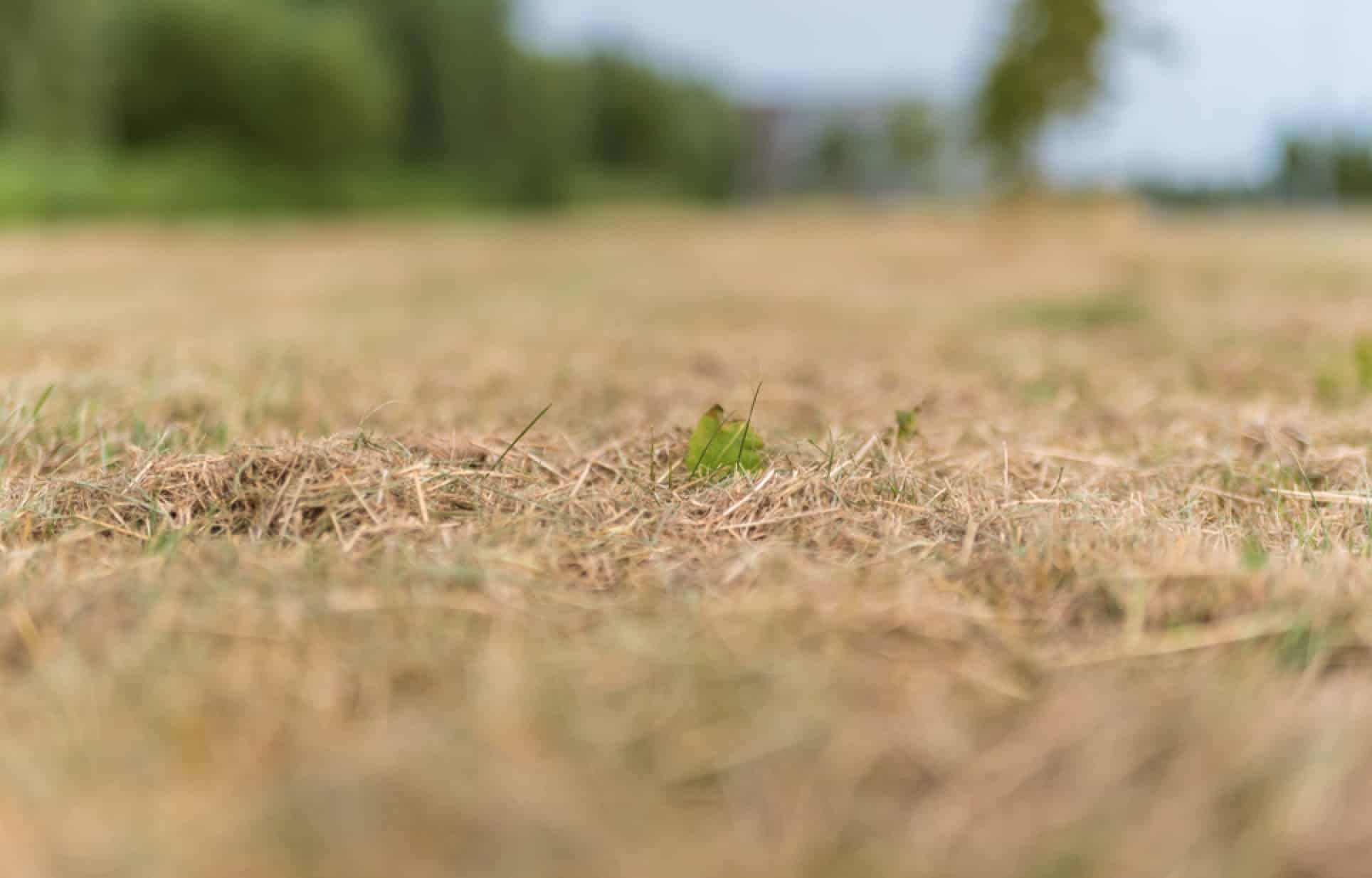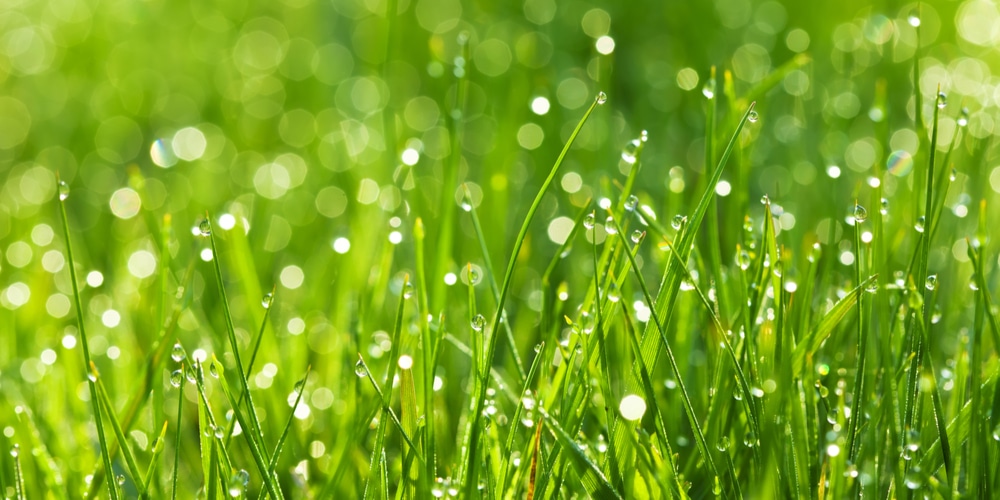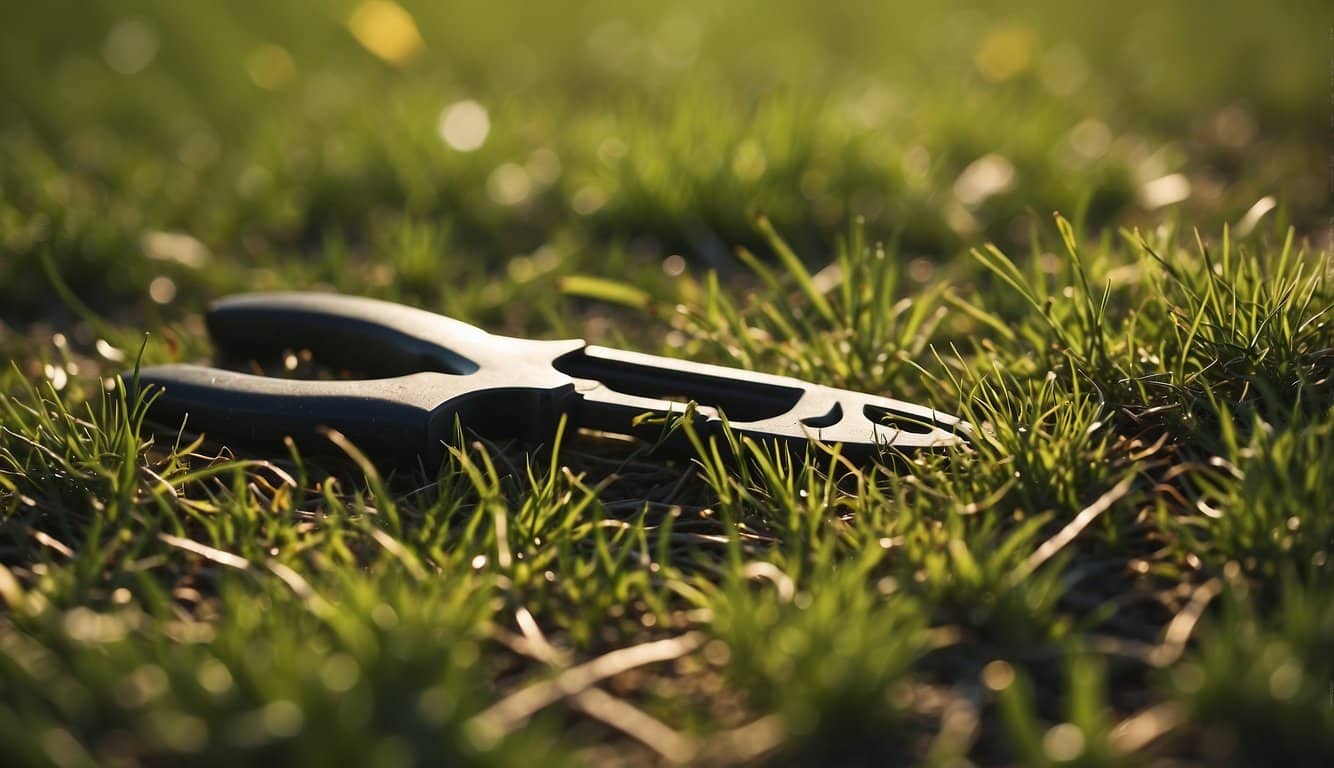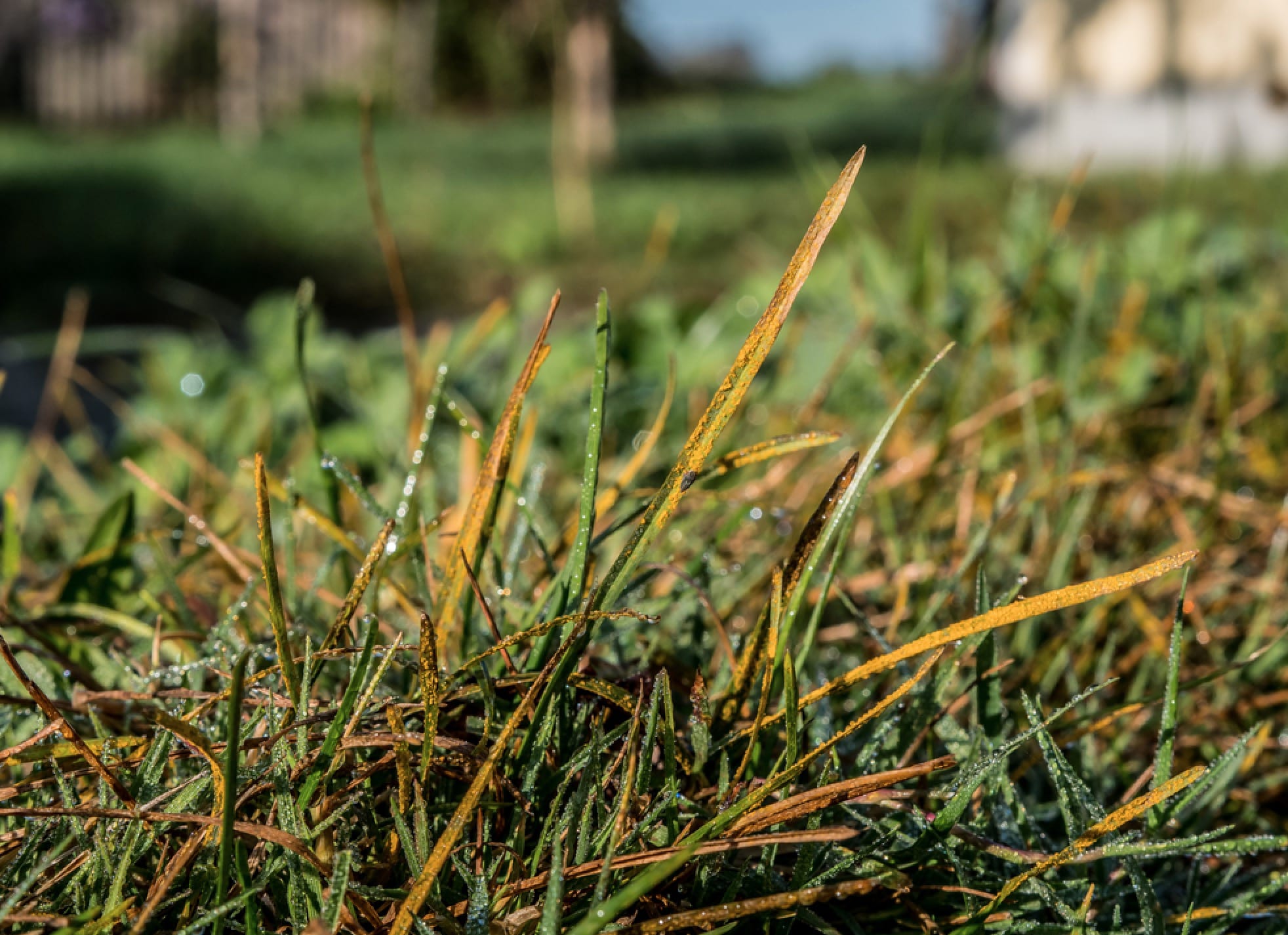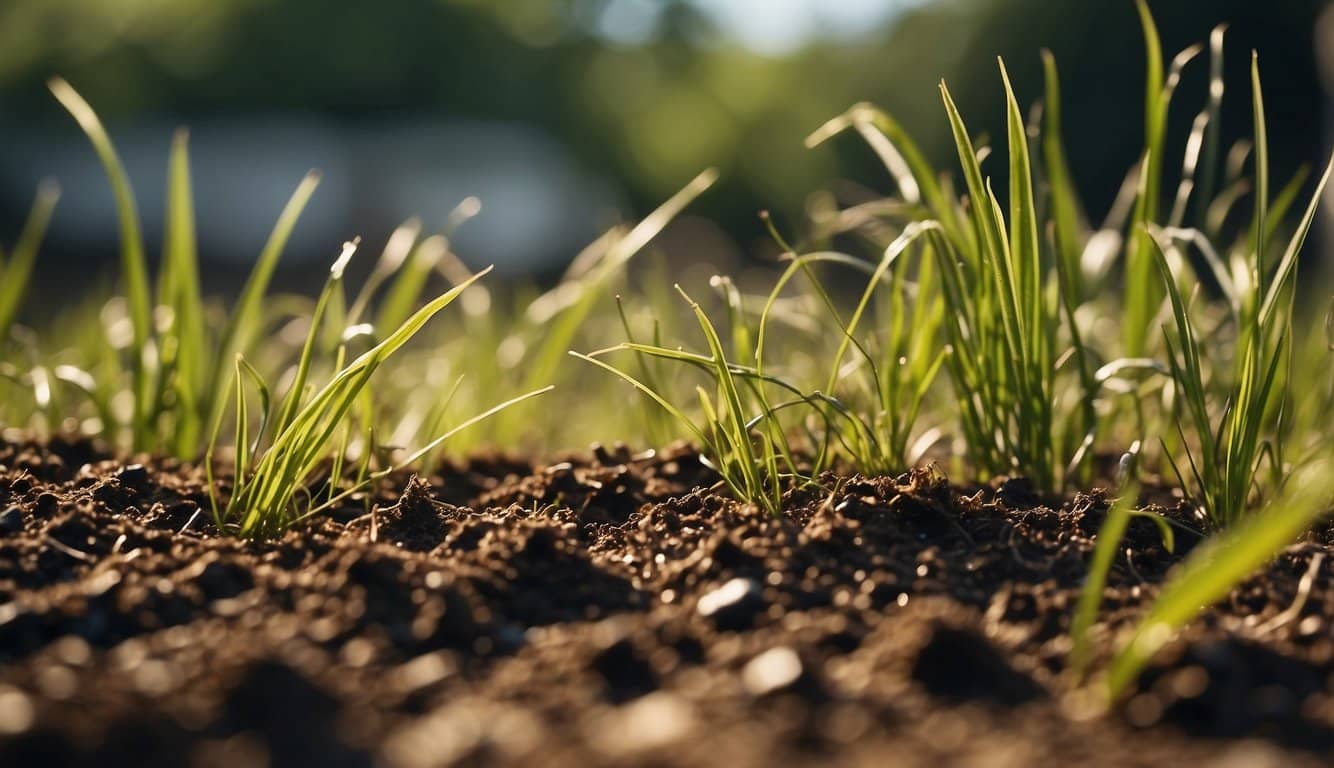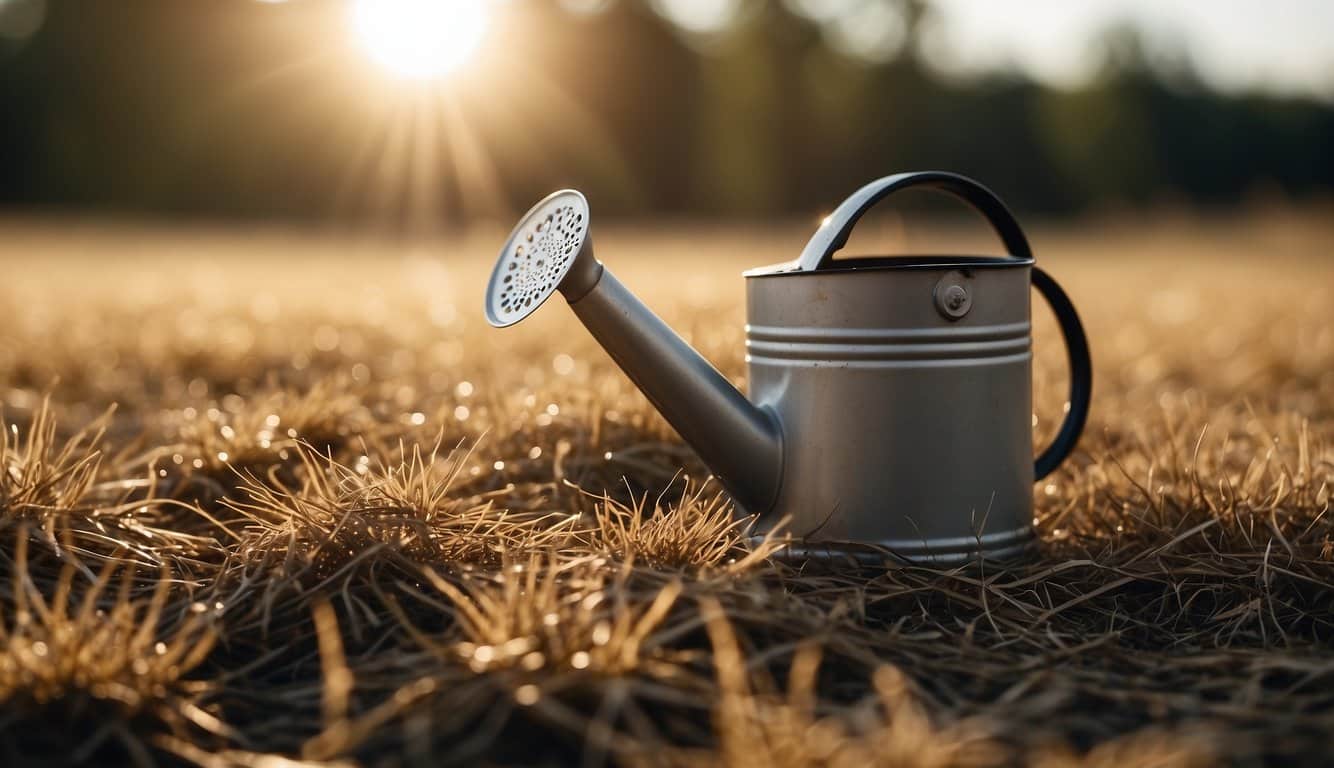What You’ll Learn
Introduction
Maintaining a lush, green lawn is a point of pride for many homeowners, but when grass becomes scorched due to excessive heat, lack of water, or over-fertilization, it can turn the once verdant turf into a brown and unsightly landscape.
Repairing scorched grass is a process that requires attention to detail and an understanding of the causes of damage.
This often involves assessing the extent of the damage, preparing the damaged areas for repair, and selecting the right repair techniques to restore the lawn’s health.
Repair tasks will vary depending on the severity of the burn and the type of grass.
For mild cases, changing watering practices and avoiding mowing stress can be enough.
For more severe damage, reseeding or patching with sod may be necessary after removing the damaged grass and amending the soil.
Consistent aftercare following repair, such as proper watering and fertilization, will encourage newly planted or regenerated grass to establish itself and thrive.
Throughout the repair process, it’s essential to address the underlying issues that led to the scorched grass to prevent future damage.
Quick Diagnosis and Scorched Grass Repair Table
| Cause | Symptoms | Solution |
|---|---|---|
| Drought Stress | Dry, brittle grass; soil cracks | Implement deep, infrequent watering to encourage root growth. Aim for 1 inch of water per week, either from rainfall or irrigation. |
| Excessive Heat | Grass turns yellow or brown; growth slows | Water early in the morning to reduce evaporation. Use mulch to retain soil moisture and protect roots from heat. |
| Over-Fertilization | Grass has burnt appearance; excessive growth in patches | Water the area heavily to leach out excess nutrients. Wait for growth to stabilize before applying more fertilizer. |
| Incorrect Mowing | Grass is too short and stressed; exposed soil | Adjust mowing height. Keep grass taller to promote root development and shade the soil, reducing temperature stress. |
| Chemical Burn | Dead or dying patches in the shape of spray or spill patterns | Water heavily to dilute chemicals. Rake out dead grass and reseed or lay sod in affected areas. |
General Tips for Reviving Scorched Grass:
- Watering: Early morning is the best time to water your lawn, reducing loss to evaporation and giving the grass blades time to dry before evening, which can help prevent disease.
- Fertilization: Use a balanced, slow-release fertilizer that matches your grass type and soil needs. Avoid fertilizing during peak summer heat.
- Soil Health: Conduct a soil test to check for deficiencies and adjust your soil management plan accordingly. Healthy soil supports healthy grass.
- Aeration and Dethatching: Aerating your lawn can improve oxygen, water, and nutrient flow to the roots. Dethatching removes dead grass layers that block water and nutrients.
- Reseeding/Sodding: For severely damaged areas, consider reseeding or laying new sod. Choose a grass type suited to your climate for best results.
- Pest and Disease Management: Keep an eye out for signs of pests or diseases. Early treatment can prevent widespread damage.
- Stress Recovery: Allow your grass to recover from stress before undertaking intensive lawn care practices. This means minimal foot traffic and gentle care.
Get Quality Replacement Seed
Assessing Grass Damage
Before one can revive their scorched lawn, it is critical to assess the state of the damaged grass effectively. This assessment will guide the appropriate reparative action.
Identifying Scorch Marks
Scorch marks are typically characterized by patches of brown, yellow, or dead grass. A homeowner might notice that the affected areas are straw-like in texture and might not exhibit any growth.
It is essential to differentiate between scorched grass and other lawn issues, such as fungal diseases or insect damage, which often require different treatments.
Determining the Extent of Damage
The lawn owner should closely inspect the area to determine how widespread the scorching is. This involves:
- Walking the entire lawn and noting the size and number of scorched areas.
- Gently tugging at the brown grass to check if it’s firmly rooted. If the grass comes away easily, the roots could be dead.
| Severity Level | Description |
|---|---|
| Slight | Only the tips of the grass blades are brown; roots are likely still healthy. |
| Moderate | Larger brown patches; roots may be compromised. |
| Severe | Extensive damage with dead roots; grass does not spring back when walked on. |
The extent of the damage will influence whether simple lawn maintenance procedures will suffice or if more extensive repairs like reseeding or sodding are necessary.
Preparing for Repair
Before one can breathe new life into a scorched lawn, they must prepare properly. The preparation phase ensures that the subsequent steps of lawn repair are built on a solid foundation for the best possible outcome.
Gathering Necessary Tools and Materials
An individual needs to equip themselves with the appropriate tools and materials to efficiently tackle the task of lawn repair. Here is a list of the essentials:
- Rake: to remove debris and dead grass.
- Gloves: to protect hands during cleanup.
- Lawn Aerator: for soil aeration.
- Spreader: to evenly distribute fertilizer and seed.
- Topsoil or Compost: to enrich the soil.
- Grass Seed or Sod: depending on the repair method chosen.
Performing Initial Cleanup
The first step in repairing a lawn is to perform an initial cleanup of the affected area. This includes:
- Removing Debris: Clear away any leaves, sticks, and lawn equipment that might be causing damage to the grass.
- Raking Dead Grass: Use a rake to gently but thoroughly remove the dead blades of grass to reveal the soil underneath, which is crucial for proper seed or sod adhesion.
It’s essential that these steps are not skipped to ensure that any new grass seed or sod can properly root and that there is no barrier to water and nutrient absorption.
Repair Techniques
Successful lawn revival after scorch damage hinges on the correct approach to repair. One may encourage the lawn’s natural recovery, introduce new growth with seed or sod, or apply specialized repair solutions.
Natural Recovery Encouragement
Encouraging natural recovery begins with assessing the extent of the damage. If the lawn is not extensively damaged, it may recover on its own with proper care.
They should ensure adequate watering to maintain soil moisture without over-saturating and conduct regular mowing with blades set to a higher cutting height to stress the grass less.
Adding a light layer of compost can also aid in providing essential nutrients that foster the lawn’s self-repair.
Seed or Sod Replacement Method
For areas where the damage is severe, they may need to resort to the seed or sod replacement method. Seeding involves:
- Raking to remove dead grass and debris
- Leveling the ground with topsoil
- Evenly spreading grass seed
- Lightly covering with soil and watering gently
Using sod, on the other hand, requires:
- Cutting sod to fit the repair area
- Pressing it firmly onto the cleaned soil
- Ensuring edges are snug against existing lawn
- Watering deeply until roots establish
Applying Repair Solutions
Sometimes, applying repair solutions such as a lawn fixer, which is a mix of beneficial ingredients, is needed to address empty or uneven patches.
They disperse the mixture with a rake and ensure even distribution.
Aerating the soil can significantly enhance the treatment’s effectiveness by promoting better air and water flow to the grass’s root system, supporting robust turf growth.
Maintenance Post-Repair
Once a lawn has recovered from scorching, ongoing maintenance is crucial for keeping the grass healthy and preventing future damage. The key areas of focus should be on establishing a proper watering schedule, ensuring soil health through fertilization, and implementing preventive measures to protect the lawn.
Watering Schedule and Techniques
- Frequency: Water the lawn deeply but infrequently to encourage a strong root system. Aim for about 1 to 1.5 inches of water per week, either from rainfall or irrigation.
- Best Time: Early morning is the optimal time to water the grass, reducing evaporation and limiting the growth of fungus.
- Method: Use a sprinkler system that evenly distributes water or opt for soaker hoses to minimize water wastage.
Fertilization and Soil Health
- Test Soil: Conduct a soil test annually to assess nutrient levels and pH, and tailor your fertilization accordingly.
- Fertilization Schedule: Typically, one should fertilize the lawn in the spring and fall. However, specific schedules may vary depending on grass type and local climate.
- Organic Options: Consider using organic fertilizers, which release nutrients slowly and improve soil structure.
Preventive Measures for Future Damage
- Mowing Height: Keep the mower blade set to a height of 3-4 inches to promote shade for the soil and prevent weed growth.
- Aeration: Perform aeration once a year to reduce soil compaction and improve water infiltration.
- Monitor Weather: Be vigilant during hot, dry periods, and increase watering as needed to prevent grass burn.
Frequently Asked Questions
When addressing the issue of scorched grass, homeowners often have a variety of concerns about the recovery and maintenance of their lawn. The responses to these questions provide targeted advice to help restore and protect the lawn.
How long does it typically take for scorched grass to regenerate?
It generally takes about 3-4 weeks for scorched grass to show signs of new growth if proper care is provided. The actual time for full recovery can vary based on grass type, the extent of damage, and the steps taken to repair the lawn.
What steps should be taken to repair grass damaged by excessive sun exposure?
Restoring grass damaged by excessive sun involves watering deeply and less frequently, avoiding mowing the lawn too short, and applying a balanced fertilizer to promote healthy growth.
Is it possible for grass to recover after being burned by fertilizer, and how can this be achieved?
Grass can recover from fertilizer burn with careful attention. They should water the area thoroughly to help flush out excess fertilizer and avoid further chemical application until the grass has regained its strength.
What specific actions can be taken to restore grass that has been scorched during the winter season?
For grass scorched in winter, they should prepare by raking to remove dead grass. Then, they should seed bare patches and ensure the lawn is adequately fertilized and watered once spring arrives. This provides a strong foundation for regrowth.
Are there any particular methods for dealing with heat-damaged grass in regions with hot climates, such as Florida and Texas?
In hot climates, maintaining healthy grass requires selecting heat-tolerant species. Also, you should implement shade strategies, ensure proper irrigation techniques, and avoid over-fertilization during peak heat periods.
What preventive measures can be taken to protect grass from getting burnt in the fall?
To protect grass in the fall, they should reduce foot traffic on the lawn. They should also rake and remove fallen leaves promptly.
Continuing proper watering and fertilization practices will help strengthen the grass before the winter frost.
Last update on 2025-06-06 / Affiliate links / Images from Amazon Product Advertising API
